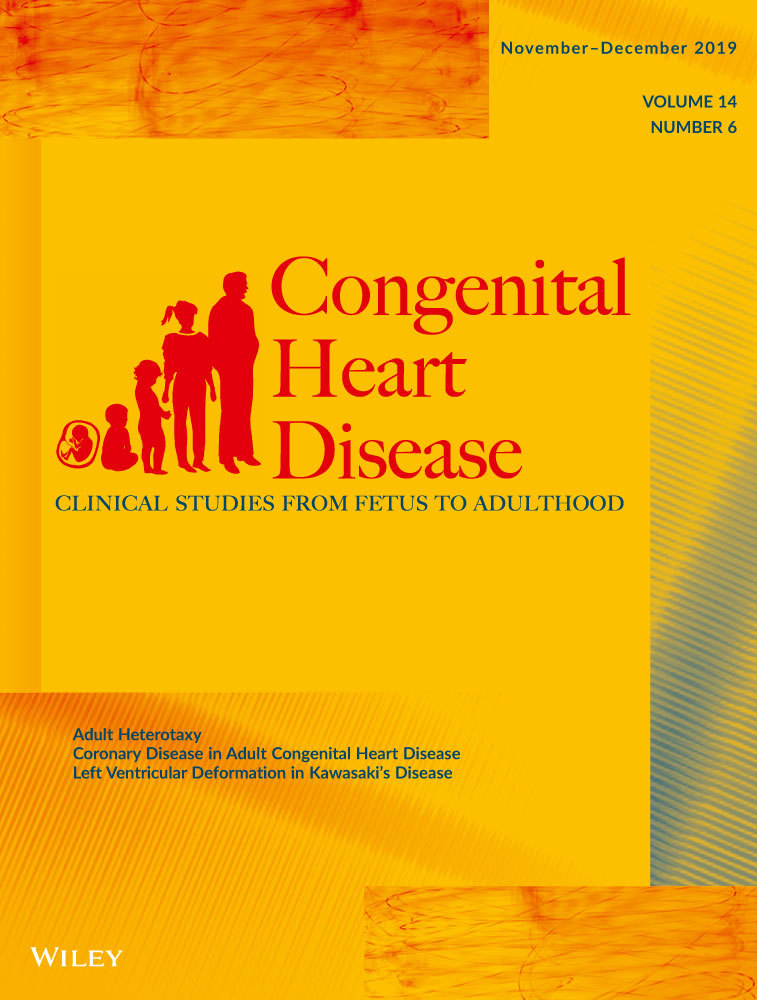Short-term results in infants with multiple left heart obstructive lesions
Abstract
Objective
Deciding on a surgical pathway for neonates with ≥2 left heart obstructive lesions is complex. Predictors of the successful biventricular (2V) repair in these patients are poorly defined. The goal of our study was to identify patients who underwent the 2V repair and assess anatomic and echocardiographic predictors of success.
Design
Infants born between July 2015 and August 2017 with ≥2 left heart obstructive lesions with no prior interventions were identified (n = 19). Patients with aortic or mitral valve (MV) atresia and critical aortic stenosis were excluded. Initial echocardiograms were reviewed for aortic, MV, tricuspid valve annulus size, and left (LV) and right (RV) ventricle diastolic longitudinal dimensions. The valve morphology and presence of a ventricular septal defect (VSD) and coarctation were assessed. Clinical outcomes included successful 2V repair, complications, and repeat interventions or surgeries. Failed 2V repair was defined as a takedown to single ventricle (1V) physiology, cardiac transplantation, or death.
Results
For 2V repair, 14/19 patients were selected and for 1V, 5/19 patients were selected. Initial surgical procedures of the 2V group were simple coarctation repair (5), complex coarctation/arch reconstruction +/− septal defect closure (6), hybrid stage 1 (2), and none (1). Three of the 2V patients required reintervention in the first 90 days. The LV to RV diastolic longitudinal ratio >0.75 and mitral/tricuspid ratio of <0.8 were observed in 13/14 of the 2V patients. The LV:RV ratio and the aortic valve z score were significantly larger in the 2V group compared to the 1V group. All patients in the 1V group had a nonapex forming LV. There was no mortality with follow-up to three years of age.
Conclusions
This study showed excellent short-term and midterm surgical results in the 2V population. The LV:RV diastolic longitudinal ratio may be a useful tool in the risk stratification of a successful 2V repair even in cases with a small MV.
CONFLICTS OF INTEREST
The authors report no conflicts of interest for this study.




